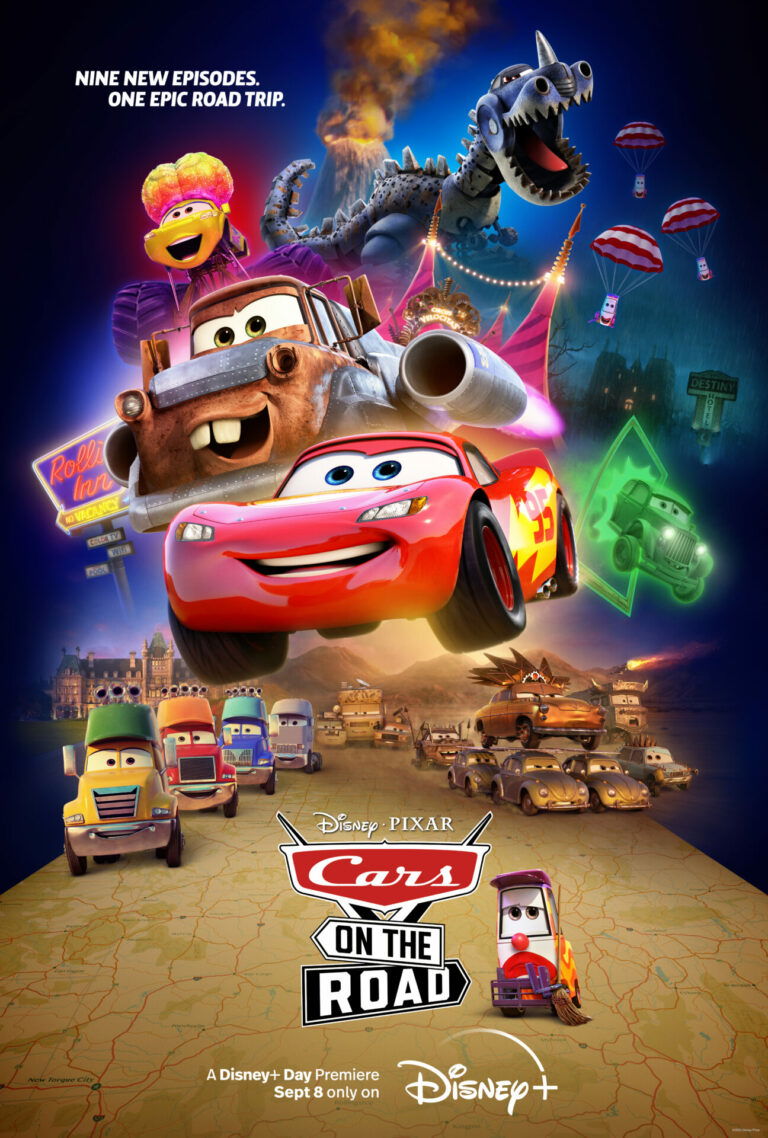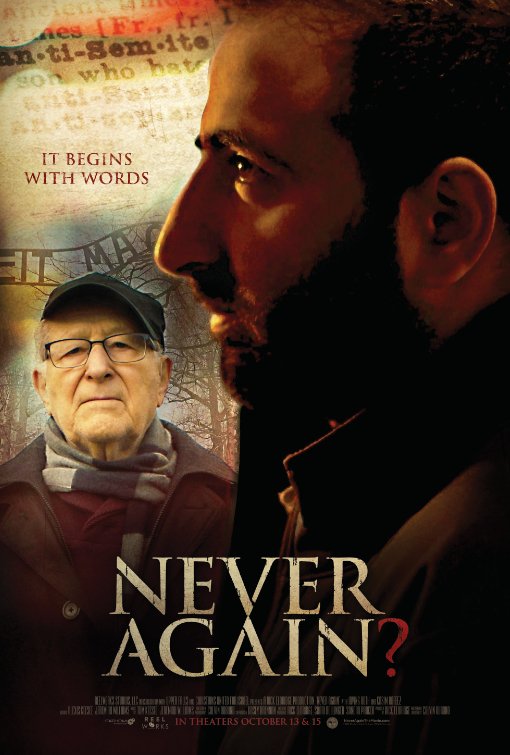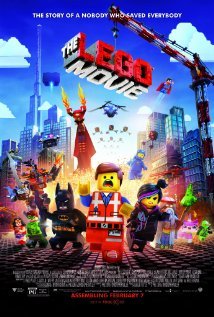
Subtitles Lead to Gen Z Business Boom
By Movieguide® Contributor
As content consumption continues to grow, closed captioning is more popular than ever leading to a boom in the subtitling business.
Deaf-led charity Stagetext found that 80% of 18- to 24-year-olds “use subtitles some or all of the time [when] watching TV on any device” despite only 10% of those using them being hard of hearing. Whereas older age groups, who are more likely to be hard of hearing, use subtitles much less often; only 23% of 56- to 75-year-olds consistently have them on.
Younger people use subtitles more because they help them take in all of the information and allow them to better focus, while older people find them distracting and tend to only use them if needed.
This boom in subtitle usage has created lots of work – and opportunity – for the companies behind TV and movie captioning.
“Everything has changed in the past 10 years,” said Heather York, vice president of marketing and government affairs for Vitac, the largest captioning company in North America.
The subtitle business has grown to an annual value of nearly $170 million with transcription as high as $30 billion. In-house subtitling at studios and streaming services is rare, leading to immense opportunities for those third-party companies taking on the work.
To meet the increased demand, these companies have turned the work over to freelancers. Between 70,000 to 75,000 international freelancers write subtitles every year.
“[From] college students through stay-at-home parents, or people who have been in the industry for years, up to retirees,” said Pat Krouse, vice president of operations at Rev, a transcription company with over 750,000 users. “It gives everyone that flexibility to come in and say, ‘I want to just do this for some side spending money that supplements my income and I’m just going to do a few jobs ‘till I hit that number.’ Verses there are other people who say, ‘I’m really good at this and I want to treat this as a full-time job, but where I’m my own boss.’”
While accessible to all, the process of subtitling isn’t as simple as importing the project’s script. Each studio has a very specific subtitle requirement or style guide, and a lot of the work is describing the sounds that aren’t words. Disney’s guide, for example, includes the specific words to be used for R2D2’s beeps and the sound of a moving lightsaber.
“There’s a certain level of subjectivity to it… [It’s] not just having the ability to capture and transcribe the dialogue and audio, but you also need to be very well-versed in pop culture,” said Deluxe senior vice president, Magda Jagucka. “Knowledge of music, knowledge of history is very important as well, cultural aspects of anything that the movie depicts.”
The globalization of the entertainment industry also impacts the subtitle business; streaming services often ask for subtitles in nine or more languages before releasing their shows to make them more accessible for a global audience.
“We’ve seen the change in strategy, not only in globalizing English content, but we’re seeing that streamers are actually investing and promoting content from specific regions,” Jagucka said. “International content is now becoming even more popular than your traditional English content, and so that creates a new challenge for us as service providers, because we’ve got to pivot our workflows, with our resources.”
“That process to bring non-English original content to global audiences requires multiple translation and adaptation steps,” Jagucka continued.
The work, however, does not stop with Hollywood and streaming services. Content creators across social media are starting to caption their posts in anywhere from five to fifteen different languages to expand their follower base and reach a wider audience.
Social media subtitles can be especially difficult “because of the different aspect ratios for the videos. You need to work to different kinds of specs for them,” Capitol Captions owner, Jodene Antoniou explained. “If a video is on Facebook, it’s a standard resolution and you’ll have quite long subtitles. If it goes on Instagram, then it’s usually watched on a phone and it’s that long shape, so the subtitles actually need to be really short. That creates an extra challenge to work with.”
From blockbuster movies to Netflix originals to YouTube shorts, subtitles are everywhere. Their rising popularity among the younger generations means that they are here to stay – good news for the tens of thousands of people who create them every year.



 - Content:
- Content: 

